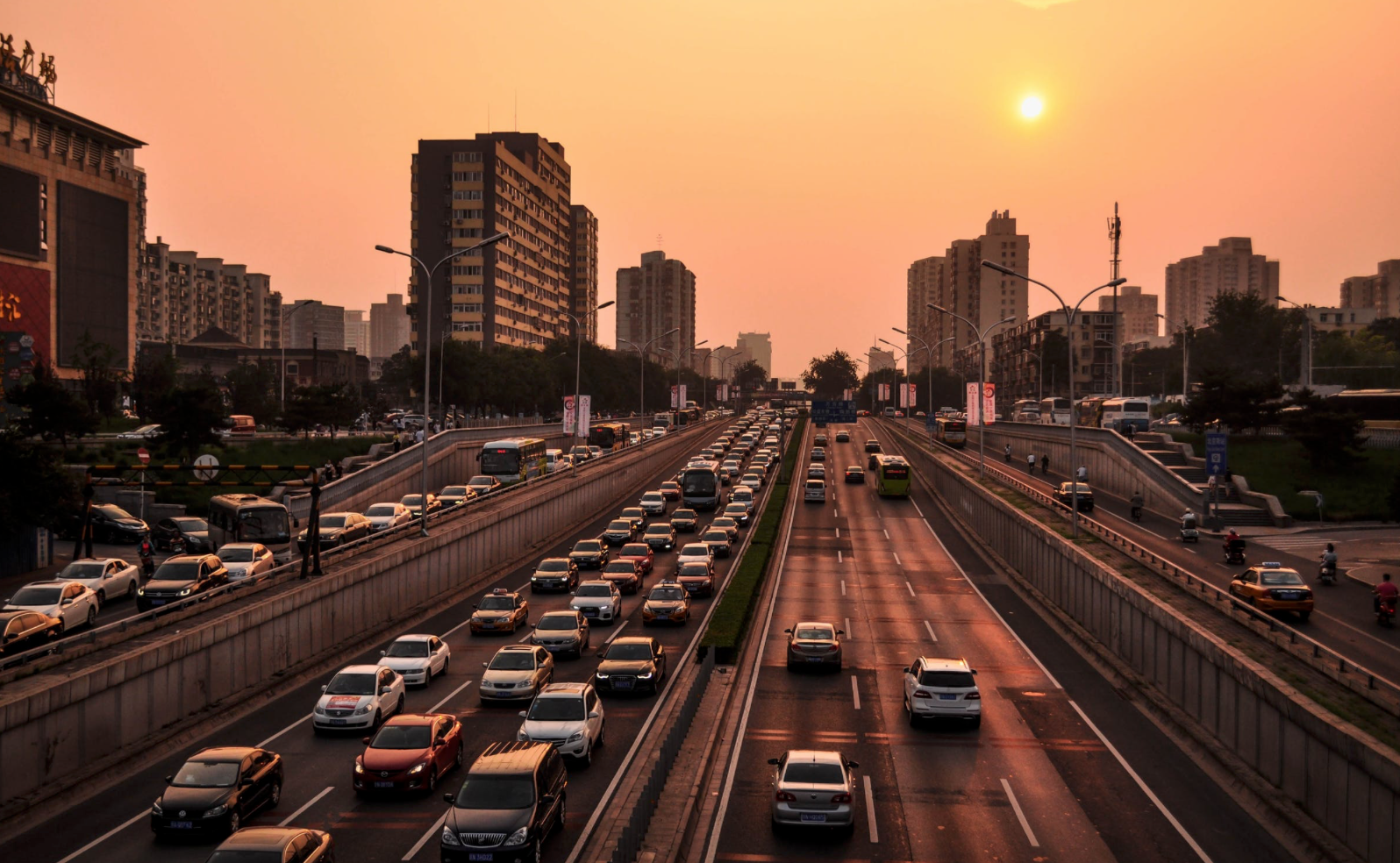What are pollutants?
Both outdoor and indoor pollution can damage your lungs. Outdoor pollution includes invisible particles termed PM2.5 and more visible particulates termed PM10. There are also gases often linked to car exhaust fumes such as Nitrogen dioxide and ground level ozone. Sulphur dioxide typically comes from industrial sources. Indoor pollutants are often highest in cooking areas or linked to wood burning stoves.
How does pollution affect my lungs?
The particles get trapped in the small tubes or bronchioles in the lungs and cause inflammation as well as reducing the immunity to infection. Over time the tubes narrow and the lungs work less well.
The damage can start before we are even born if an expectant mother is living in a polluted environment. The damage continues through childhood with an impact on lung development and an increased risk of getting asthma or having respiratory symptoms. In adulthood the problems continue with reduced lung capacity and a higher chance of chest infections, asthma symptoms and even COPD.
Can I tell if my lungs are already affected?
Not always. You can lose a significant amount of your lung function before you have any symptoms. The only sure way to know is to have your lung function tested by a professional.
How can I reduce the impact of pollution on my health?
There are many strategies to minimise the harmful effects of the pollution around us. It involves looking at where you live, the route you take to work, where and how you exercise and the home environment.


